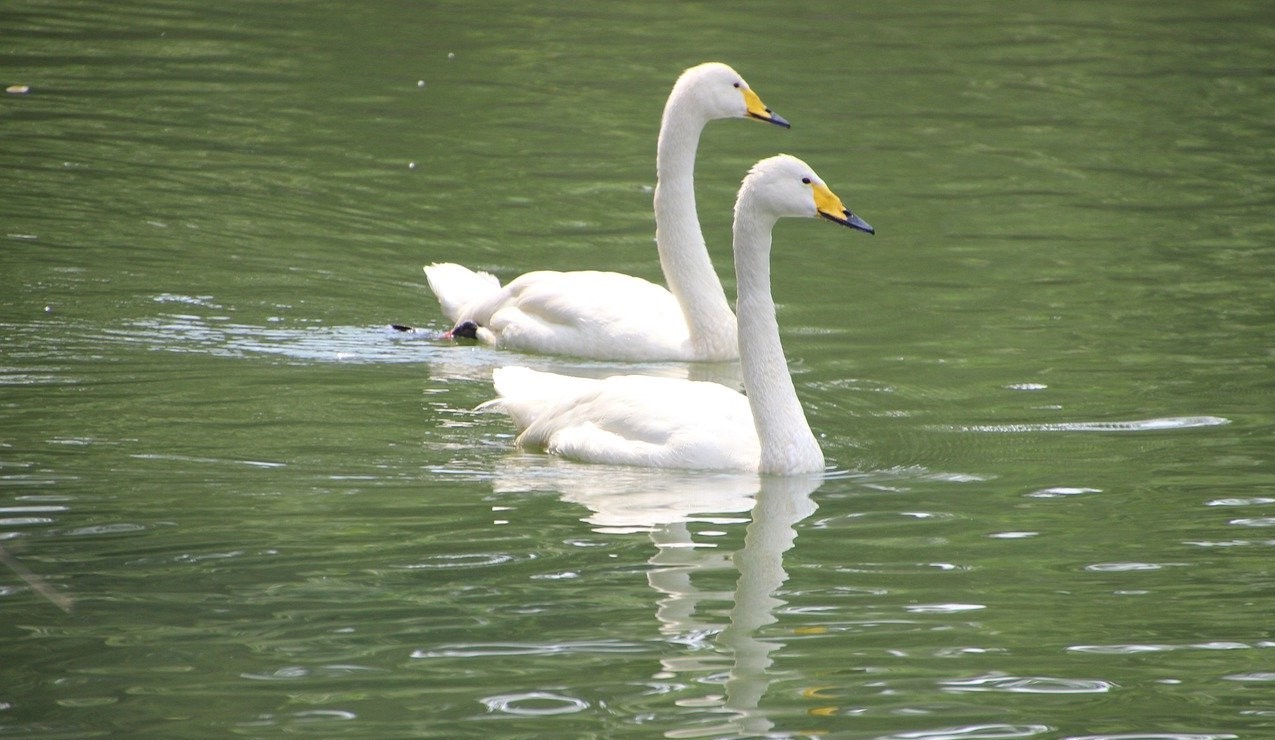Geografisk fördelning och antal av ruggande icke häckande sångsvanar Cygnus cygnus i Baltikum och Sydsverige
DOI:
https://doi.org/10.34080/os.v22.22588Nyckelord:
vinterekologi, ungfågelspridning, ringmärkning, livshistoriaAbstract
Non-breeding Whooper Swans Cygnus cygnus were recorded moulting for the first time in Latvia in 1989, in Estonia in 1993 and in Lithuania in 1997. Moulting has been recorded at 13 sites, three in Estonia and five each in Latvia and Lithuania, but not at all in South Sweden. The total number of moulting non-breeders increased from at least 83 birds in 2003 to at least 187 birds in 2012. The majority of the marked birds found moulting as non-breeders in the Baltic States usually originated from moulting sites within 25 km, the others from countries, including Germany and Poland, situated to the south of the moulting site. Distances between sites of hatching or breeding and moulting for these two groups ranged 0–81 km and 191–836 km, respectively. When caught for ringing, 40% were 2nd calendar year birds, the others older. Life-histories of Whooper Swans marked as moulters, or found moulting, in the Baltic States were used to discuss the lack of known moulting sites in South Sweden.
Nedladdningar

Downloads
Publicerad
Referera så här
Nummer
Sektion
Licens
Författaren/författarna innehar copyright för varje enskilt bidrag, men samtliga bidrag är publicerade under en Creative Commons-licens, så att vem som helst kan dela och återanvända bidraget förutsatt att copyright-innehavaren erkänns.







